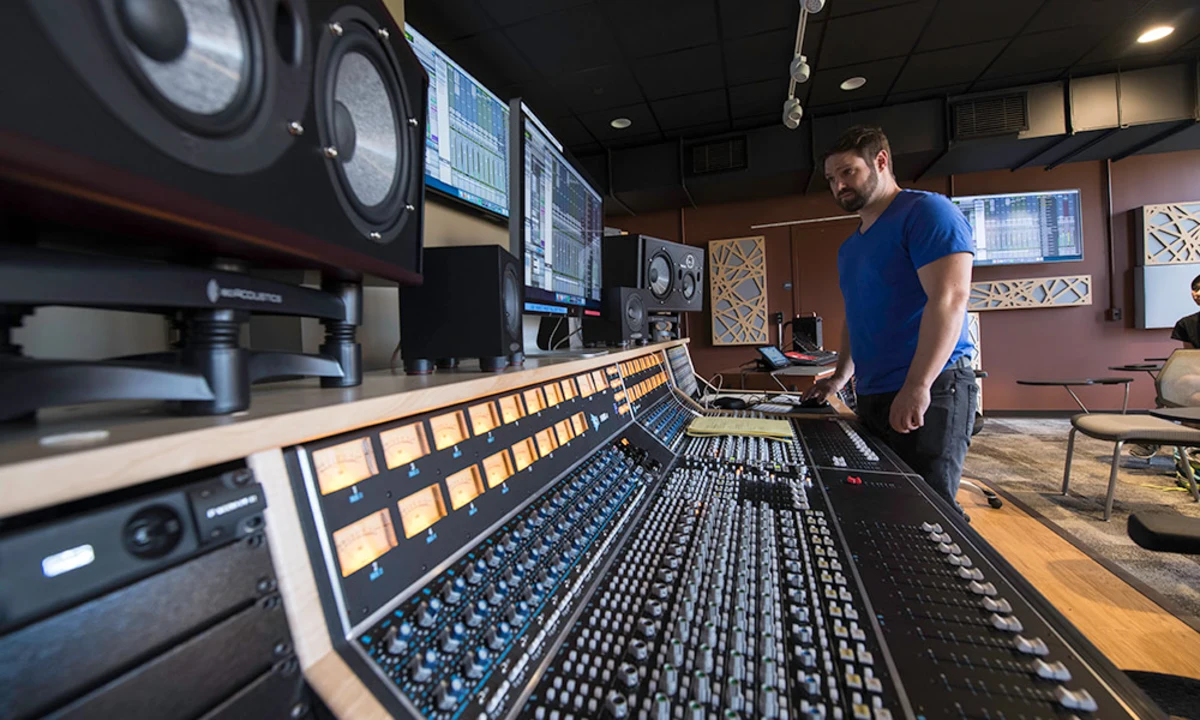Introduction: The Intersection of Science and Art
As a curious and creative individual, I have always been fascinated by the possibility of combining my two passions: science and art. For years, I have been searching for a career that would allow me to explore this unique intersection and apply my skills in both disciplines. In this article, I will discuss several careers that successfully merge science and art, providing the best of both worlds for those who are passionate about these fields.
The Role of Medical Illustrators in Science and Art
Medical illustrators are the perfect example of professionals who have found a way to combine their love for science and art. These talented individuals are responsible for creating accurate, detailed, and visually appealing illustrations of complex medical concepts and procedures. They work closely with physicians, researchers, and educators to produce images that help to explain and teach various aspects of medicine and biology.
Medical illustrators must possess a strong foundation in both science and art, as they need to understand complex biological structures and processes while also having the artistic skills to bring these concepts to life. This career requires a unique blend of knowledge, creativity, and technical ability, making it an ideal choice for those who want to combine their love for science and art.
Architects: Designing Structures with a Scientific Approach
Architecture is another field that beautifully combines science and art. Architects are responsible for designing and planning buildings, bridges, and other structures, taking into consideration both aesthetics and functionality. They must have a deep understanding of the principles of physics, materials science, and engineering, as well as an artistic eye for design and visual appeal.
Architects work closely with clients, engineers, and construction teams to bring their visions to life, creating structures that are both visually stunning and scientifically sound. This career offers a unique opportunity to explore the intersection of science and art, allowing professionals to use their skills in both disciplines to make a lasting impact on the world around them.
Scientific Animators: Bringing Complex Concepts to Life
Scientific animators are responsible for creating engaging and informative animations that help to explain complex scientific concepts and processes. These professionals work closely with researchers, educators, and media outlets to produce visually appealing and accurate animations that make difficult topics more accessible and easier to understand.
Similar to medical illustrators, scientific animators must possess a strong foundation in both science and art, as they need to understand the intricacies of the subjects they are animating while also having the artistic skills to create visually stunning and engaging content. This career offers a unique opportunity for those who want to combine their love for science and art, allowing them to use their talents to educate and inspire others.
Forensic Artists: Helping Solve Crimes Through Art
Forensic artists play a critical role in the field of criminal investigation by using their artistic skills to create visual representations of suspects, victims, and crime scenes. These professionals work closely with law enforcement officers, forensic scientists, and eyewitnesses to produce accurate and detailed illustrations that can help solve crimes and bring criminals to justice.
Forensic artists must have a strong understanding of human anatomy, facial recognition, and the principles of perspective and proportion, as well as exceptional drawing and sculpting abilities. This career combines science and art in a unique and impactful way, offering an exciting and rewarding path for those who are passionate about both fields.
Bioartists: Exploring the Intersection of Biology and Creativity
Bioart is a relatively new and emerging field that explores the intersection of biology, technology, and art. Bioartists use living organisms, biological materials, and scientific processes to create thought-provoking and visually stunning works of art. These artists often collaborate with scientists, engineers, and researchers to push the boundaries of what is possible in both the artistic and scientific realms.
While bioart is not a traditional career path, it offers a unique and exciting opportunity for those who are passionate about science and art to explore new and innovative ways of combining these disciplines. As the field continues to grow and evolve, there is great potential for artists and scientists to work together to create groundbreaking and inspiring works of art.
Conclusion: Embracing the Power of Science and Art
As we have seen, there are several careers that successfully combine science and art, offering unique and rewarding opportunities for those who are passionate about both fields. Whether it's creating accurate medical illustrations, designing stunning architectural structures, or exploring the cutting edge of bioart, these careers provide a chance for individuals to use their skills in both disciplines to make a lasting impact on the world around them.
By embracing the power of science and art, we can push the boundaries of human knowledge and creativity, inspiring others to explore new ways of understanding and appreciating the world around us. If you have a passion for both science and art, consider pursuing one of these exciting careers and see where your talents can take you.

Author
Ava Bialy
I'm a passionate artist and art enthusiast. I enjoy exploring different visual art forms, from painting to sculpting, and I love learning about the history of art and its impact on society. I'm always looking for new ways to express myself and to share my creativity with the world.